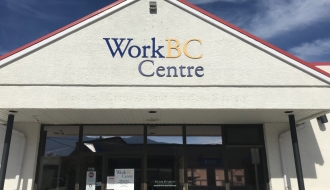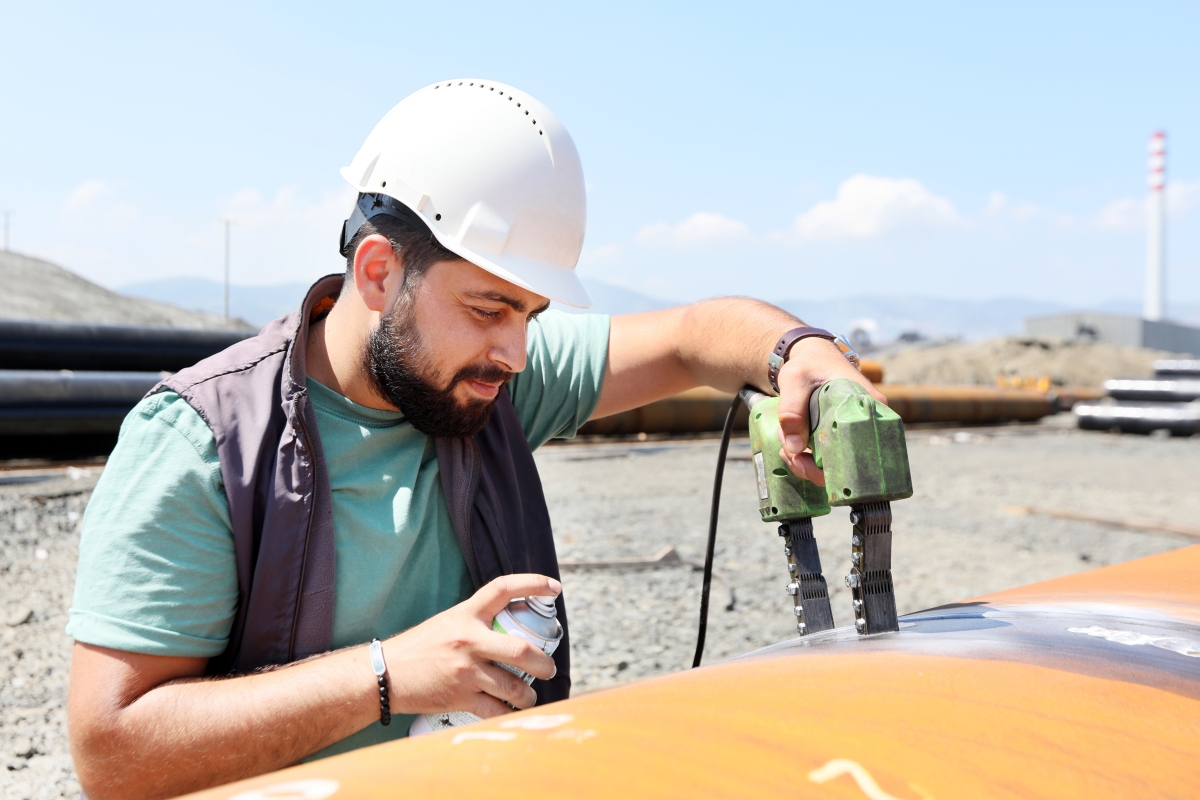Career Overview
Non-destructive testers and inspection technicians:
- Operate radiographic, ultrasonic, liquid penetrant, magnetic particle, eddy current and similar testing equipment to detect discontinuities in objects of various structures and materials
- Work for quality control, maintenance and safety departments of manufacturing, processing, transportation, energy and other companies, and by private industrial inspection establishments
Job Titles
Duties
Non-destructive testers and inspectors perform some or all of the following duties:
- Set-up and calibrate non-destructive testing equipment
- Carry out tests to ensure quality or detect defects, using ultrasonic, radiographic, liquid penetrant, magnetic particle, eddy current and other non-destructive testing methods
- Establish techniques for the examination of objects, ensuring strict adherence to safety regulations
- Interpret radiographs, cathode ray tube (CRT) data, digital readouts, conductivity meters and visual indicators
- Use testing criteria in accordance with applicable specifications or standards, and evaluate results
- Organize and report test results
- Perform specialized inspections using acoustic emission, vibration analysis, infrared thermography and laser shearography testing methods
- Instruct and supervise trainees
Earnings
Earnings is income that workers receive in exchange for their labour. Depending on the type of employment, earnings can be in the form of wages (hourly), salaries (fixed monthly or annual) or self-employed earnings.
Work Environment
# Workers Employed
505% Employed Full Time
48%Work in this occupation is typically performed in a structured environment, such as an office. Also, workers in this field may be exposed to ionizing radiation, such as X-rays and radioactive substances, or non-ionizing radiation, such as radio frequencies and infrared, ultraviolet or visible light, which may affect health adversely.
Career Pathways
Career path information is currently not available.
Occupational Interests
It’s important to understand what kinds of occupations align with your interests.
For more about occupational interests visit Skills for the Future Workforce > Characteristics.
Here are the top occupational interest(s) for this career profile:
Education, Training and Skills
- Completion of secondary school is required
- Completion of two years of an approved post-secondary science or engineering program may be required
- Additional classroom and on-the-job training is required for certification in non-destructive testing
- Non-destructive testing certification by Natural Resources Canada is available in three levels and is usually required by employers
- Industrial radiographers using a radioactive isotope must pass an examination to be recognized as a certified exposure device operator by the Canadian Nuclear Safety Commission
- Welding inspector certification by the Canadian Welding Bureau is available in three levels and may be required by employers
- Boiler and pressure vessel, process pipeline and above-ground storage tank inspector certification is available from the American Petroleum Institute
Education programs in B.C.

Top Skills
Every job calls for a certain set of skills. Knowing those skills is the first step in finding a good career fit.
Here, you will find the 10 most relevant workplace skills. Some are more important to achieving success in a certain career than others. These skills may come naturally to you or you may need to gain them through education, training and experience.
See the list of work-related skills below, ranked in order of importance for this career. Check out the list and see if this career matches your skills—take that first step!
Understanding written sentences and paragraphs in work-related documents.
Conducting tests and inspections of products, services or processes to evaluate quality or performance.
Giving full attention to what other people are saying, taking time to understand the points being made, asking questions as appropriate, and not interrupting at inappropriate times.
Using logic and reasoning to identify the strengths and weaknesses of alternative solutions, conclusions or approaches to problems.
Keeping track of and assessing your performance, other individuals, or organizations to make improvements or take corrective action.
Watching gauges, dials or other indicators to make sure that a machine is working properly.
Understanding how new information could be used to solve current and future problems in making decisions.
Communicating effectively in writing as appropriate for the needs of the audience.
Being able to solve novel, ill-defined problems in complex, real-world settings.
Talking to others to share information effectively.
Labour Market Statistics
Discover data, facts and information that have been gathered and analyzed. Learn about the characteristics of the economy and labour market in B.C.
Employment
Find out about employment types and trends by region and industry.
Employment
505Employment by Region







| Region | Employment | % Employment of this Occupation |
|---|---|---|
| Cariboo | 35 | 6.9% |
| Kootenay | 35 | 6.9% |
| Mainland/Southwest | 220 | 43.6% |
| North Coast and Nechako | 0 | 0.0% |
| Northeast | 50 | 9.9% |
| Thompson-Okanagan | 75 | 14.9% |
| Vancouver Island/Coast | 95 | 18.8% |
Labour Market Outlook
The B.C. Labour Market Outlook is a 10-year forecast of the expected supply and demand for labour in the province. It’s usually updated every year. The purpose is to provide British Columbians with the knowledge to make informed decisions on careers, skills training, education and hiring.
Forecasted Job Openings (2024-2034)
230Forecasted Job Openings
Forecasted Employment Growth Rate
Composition of Job Openings
Job Openings by Region (2024-2034)







| Region | Job Openings | Avg. Annual Employment Growth |
|---|---|---|
| Cariboo | 10 | 0.3% |
| Kootenay | 10 | 0.9% |
| Mainland/Southwest | 110 | 2.0% |
| North Coast and Nechako | Not available | Not available |
| Northeast | 20 | 1.6% |
| Thompson-Okanagan | 50 | 2.8% |
| Vancouver Island/Coast | 30 | 1.1% |
Industry Highlights
Learn about the opportunities in B.C.'s major industries, including employment trends, earning potential, locations of work and more.
Forecasted Job Openings by Industry
| Industry | Job Openings (2024-2034) |
|---|---|
| Professional, Scientific and Technical Services | 180 |
| Mining and Oil and Gas Extraction | 20 |
| Construction | 10 |
| Manufacturing | 10 |
| Transportation and Warehousing | 10 |
Resources
Resource information is currently not available.







